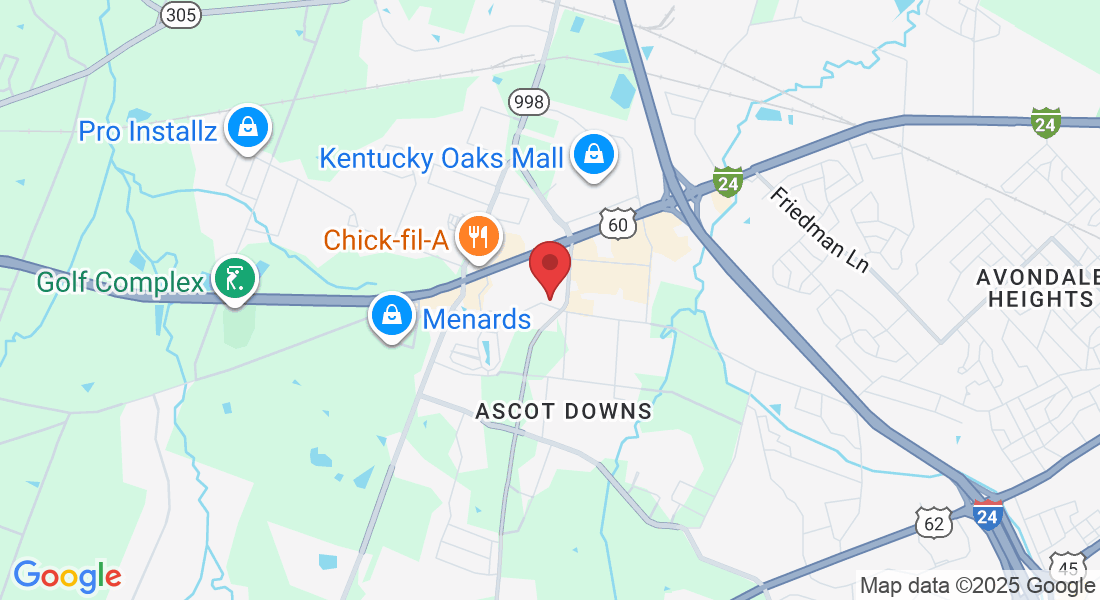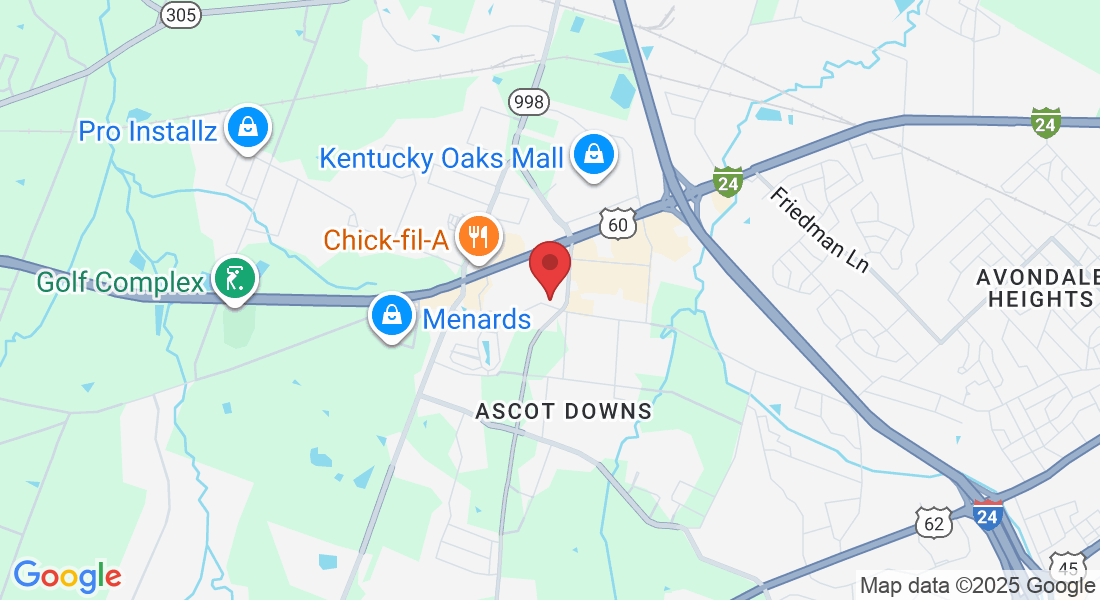Changing Lives Through Healthy Smiles!
YOUR FAMILY DENTIST IN PADUCAH, KY
Voted #1 Dentist Near You In Paducah Kentucky!
Serving the Paducah Ky area!
Changing Lives Through Healthy Smiles!
YOUR FAMILY DENTIST IN PADUCAH, KY
Voted #1 Dentist In Paducah Kentucky!
Why Do We Exist?
We change peoples lives by doing exceptional dentistry that improves our patients health, beauty, and function. We serve you by meeting you where you are today, but helping you find a better way forward.
How Do We Do It?
By being a truthful expert on oral disease, smile design, and treatment planning. Putting an attitude of service first and treating people with honesty and empathy. We are always focused on prevention and evidence based care.

Why Do We Exist?
We change peoples lives by doing exceptional dentistry that improves our patients health, beauty, and function. We serve you by meeting where you are today, but help you find a better way forward.
How Do We Do It?
By being a truthful expert on oral disease, smile design, and treatment planning. Putting an attitude of service first and treating people with honesty and empathy. Always focused on prevention and evidence based care.
Woodyard Dental Care Awards
Voted Winner of Best Dental Office In Western Ky Area By The West Kentucky Star 2018 - 2022.
National Lecturer and Presenter Specializes In Treatment Sequencing and Restorative Care.
Graduated Top of Class Omicron Kappa Upsilon Dental Honor Society.
Seattle Study Club Restorative Advisor.
We are honored to serve our local Paducah, Ky community!
We Are Taking New Patients
HERE'S HOW TO JOIN OUR PRACTICE

Make Appointment
Set an appointment time that works for your schedule that's hassle free and no cost to you!

Assessment
Initial assessment to understanding your goals. No matter your budget, our goal is to help you unlock the perfect smile you've dreamed of.

Plan Forward
Join our community for exceptional, ongoing dental care that keeps your smile healthy and thriving for the long haul.
OUR DENTAL SERVICES IN PADUCAH KY
We offer a full line of dental services created to serve you where you are!
SAME DAY
CROWNS
ORTHODONTIC ALIGNERS
SMILE REHABILITATION
TOOTH REPLACEMENT
See Our Other Dental Services
MEET OUR INCREDIBLE DENTAL CARE TEAM

Megan
Scheduling Coordinator

Christi
Insurance Coordinator

Mary
Dental Hygienist

Laura
Dental Hygienist

Emily
Chairside Assistant

Laurie
Dental Hygienist

Lindsey
Chairside Assistant

Amanda
Chairside Assistant
We Love Serving Our Western Kentucky Community!

WHY PEOPLE LOVE WOODYARD DENTAL CARE
Absolutely wonderful experience. Dr. Woodyard explains everything very well and is a true professional. The whole staff is very accommodating and caring.
Jay S
Dr. Woodyard has been my general dentist for more than 10 years and he’s always been so concerned and professional. He is up to date on all the newest innovative treatments. He has done several crowns for me and I was able to get it all done in one day since they were made with the latest technology in house by Dr. Woodyard. I would highly recommend him for all dental needs.
Melissa W
Best dentist I've been to! Very professional operation in all respects. Love that Dr. Woodyard does the majority of usual procedures right in house -- including crowns and root canals. Getting a crown in one visit is truly amazing. Mary is a wonderful hygienist with a solid knowledge of her area of expertise. You won't be disappointed!
Dan J
Voted Best Family and Cosmetic Dentist Near Me In Paducah, Ky!
HOURS
Monday: Closed
Tuesday: 8:00 AM - 5:00 PM
Wednesday: 8:00 AM - 5:00 PM
Thursday: 8:00 AM - 5:00 PM
Friday: 7:30 AM - 4:00 PM
Sat & Sun: Closed
Note: We are closed for lunch from 1 - 2 Tue, Wed, & Thurs
12:30 - 1:00 Friday
Follow Us On Social
Best Cosmetic and Family Dentist in Paducah Ky
Woodyard Dental Care LLC © 2024 . Privacy Policy
Website Powered And Hosted By OMADA Marketing
HOURS
Monday: Closed
Tuesday: 8:00 AM - 5:00 PM
Wednesday: 8:00 AM - 5:00 PM
Thursday: 8:00 AM - 5:00 PM
Friday: 7:30 AM - 4:00 PM
Sat & Sun: Closed
Note: We are closed for lunch from
1 - 2 Tue, Wed, & Thurs.
12:30 - 1:00 Friday
Follow Us On Social
Best Cosmetic and Family Dentist in Paducah Ky
© 2024 Woodyard Dental Care LLC licensed dentist in Paducah Ky 42003
Website Powered And Hosted By OMADA Marketing







